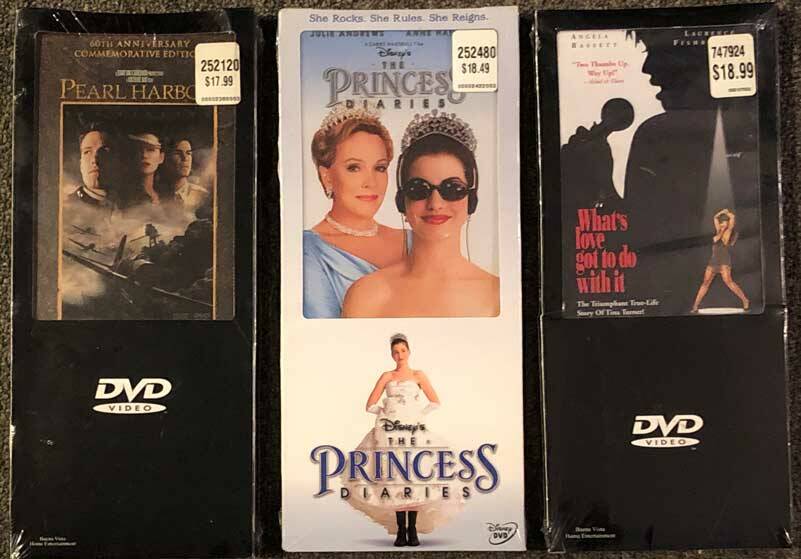By Morf Morford, Tacoma Daily Index
Welcome to life in the “payment space”
In theory, a market is very simple. It doesn’t matter what is being traded; from peaches to oil futures, one party exchanges a certain amount of currency for a certain amount of a product. And that agreed upon price is based on the cost of creating the item, combined with transportation and, in many cases, any marketing or packaging. The price should be considered fair and reasonable – especially if future transactions are foreseeable.
What could be simpler?
But then again, human beings are rarely simple. In any sense. In any situation. By themselves or with each other. Especially when one has what another one wants.
Picture a dog with a bone, or a toddler with a toy, and you get an image of the dynamics behind all too many market transactions.
Providing a good or service at a fair profit seems like the bottom line principle for a durable economy and functional society.
But not every object or service is amenable to the standard item for a certain price exchange format. And not every seller (or potential buyer) is as fair, honest or negotiable as we might expect.
In short, everything about the market has changed.
Some stores only take cash, other refuse to. Some take credit cards or checks, and some don’t.
No matter how we pay for it, we won’t take it with us
In fact, you could make the argument that we never really “own” anything – at most we have it until we lose it or leave it behind.
Paying for things, and how long we keep them (or want to) and what happens when we are done with them is far more complicated than most of us first thought.
All you can eat
I used to love “all you can eat” places. I loved the choice and the whole idea of as much (or as little) of anything on the table.
There’s a reason, of course, why so many of those places no longer exist.
But I do think that, under a slightly different configuration, we will see them, or at least something like them, again. And maybe not just in the category of prepared food.
Phones and streaming
Phones may have been the first industry to provide service on an “all you can eat” basis. Customers paid a monthly fee – no matter how much they used, or didn’t use the service. The same with some, but not all, utilities.
Garbage pick-up, for most of us, is on a monthly subscription basis. Water and electricity is, for most of us, not.
Music, for most of us, is on a monthly subscription basis. In the old days, up until about 2005 or so, people who wanted music bought physical media (as in compact discs). And then came Napster, and Spotify, and Pandora and, of course, the first iPod (in October of 2001).
You get what you pay for
Music became “free” – or at least ridiculously cheap. Streaming became the audio (or visual) manifestation of leasing – where, much like leasing a car,we had use of a service, but “owned” nothing.
In a previous era, some were proud of their CD (or vinyl) music collection. But in the age of streaming, where is the evidence of the music we love? Music passes over us, but we are passive and, to friends and family, have nothing to show for it.
Oddly enough, as the record companies (of any format) lost money, so did the streaming services.
Napster is long gone, the music industry is still in a state of chaos, if not money-losing disarray. Spotify, the biggest on-demand streamer has yet to turn a profit in over 10 years. Even iTunes is losing money. Video streaming services are not so different.
And the music quality? Besides the limited sonic range of music on most, if not all, streaming platforms, the songs themselves seem the same. Even to most young people.
If you like tinny sounding, whiny break-up songs that are barely distinguishable, this your time.
Auto leasing
When it comes to cars, buying or leasing have been the two main options (besides ride-sharing, which like streaming, is kind of a temporary leasing).
Leasing, for some, is a good strategy. You never have an old car and you don’t have to bother with selling it or storing it as it ages. And repairs are always someone else’s problem. And, in most cases, your car always starts in the morning.
But we Americans love our cars and we love to make them our own. A leased car is, at its most basic, always someone else’s.
MoviePass
How transferrable is the “all you can eat” model? Is the “all you can eat” model in entertainment the best, or worst, idea ever?
MoviePass is a system where, with one monthly subscription fee, you can see a certain number of movies. In the original incarnation, for about $10 you could see an unlimited number of big screen movies. They have changed the structure, but have returned to a subscription based payment system.
Pay for what you don’t get
A guiding principle of any market is that we pay for what we acquire – but even that is not always true.
Entire demographic categories pay without receiving and receive without paying.
And most of us would not have it any other way.
Adults, for example, in any stable and enduring society, are almost universally willing to pay for education for children. Even if they don’t have any.
Working people, for the most part, are willing to set aside a fair percentage of their earned income for their future selves. Many, of course, do not see the full extent of what they have saved.
Whether we use them or not, all citizens contribute to the budget of highways, airports, national parks and the military – among many others. In other words, we all pay for goods and services we are likely to never see.
We all live in a “payment space”
For better or worse, and by whatever means, we all pay for the goods and services we use. Or even those we may never use.
Is there an optimal, or even a better way to do it? Who knows? Even in the crassest market place, to some degree, we are still figuring it out.






